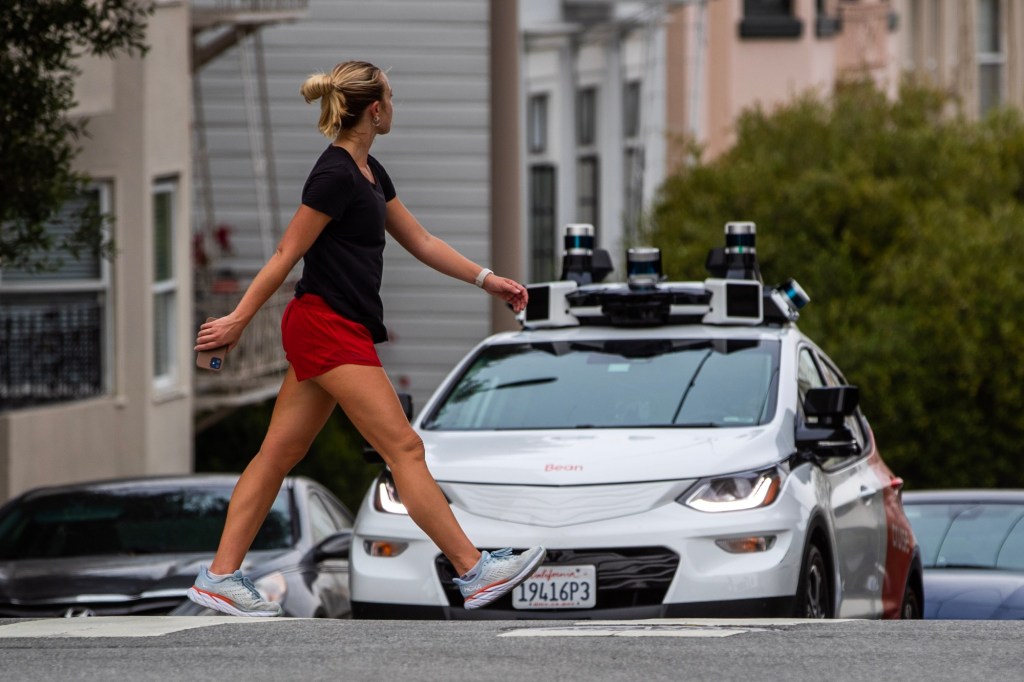
California is the prime battleground between transportation innovation and legacy mass transit. While Silicon Valley is rolling out driverless taxis and testing flying cars, urbanists and transit unions are seeking more taxpayer funding to buttress money-losing train and bus systems around the state. If history is any guide, the new transportation technologies will ultimately replace the older ones, but billions of taxpayer dollars will be lit up in the process.
Last month Waymo began offering robotaxi service to the public in Los Angeles after launching in San Francisco last year. The app-based service works much the same as Uber and Lyft but without a human driver expecting a tip. Having used the service a few times in San Francisco, I agree with Axios’ Joann Muller who found the service in LA to be quite good albeit with some minor inconveniences. Later this year, Waymo will continue broadening its service areas and may start to face competition from Tesla, Zoox, and other entrants.
Urbanists criticize robotaxis for taking up too much road space, since they typically carry one or two passengers at a time, while buses and trains have much higher capacities. But if robotaxis could fly, many more passengers could move around a city without causing traffic jams. Several Bay Area startups have made significant progress toward commercializing flying cars, with, one, Archer Aviation, announcing plans to start service at select LA locations in time for the 2026 World Cup. The company’s ultimate goal Is to bring down the cost of the service so that it can compete with Uber.
Like Waymo vehicles, the new air taxis will be small: fitting up to four passengers. This size runs contrary to the preferences of urbanists, who like the idea of buses and especially trains transporting many people at once.
The trouble with that idea is that not enough people may not want to go from one point to another at exactly the same time. As a result, buses and trains often run well below their capacity.
In previous decades, travelers were more willing to arrange their time around bus and train schedules, but, as we grow more affluent and have access to better technologies, riders increasingly prefer point-to-point service at times of their choosing. We have seen this transition to more personalized service in other industries. In the 1970s, tens of millions of Americans would get their news from one of the three prime time evening news shows. Now, many viewers opt instead to watch video clips on demand.
The new transportation alternatives are likely to trigger a renewed drop in transit use, which has only partially recovered from the sharp fall in ridership during COVID-19. The loss of paying passengers has destabilized transit agency finances, obliging them to seek more state funding and sales tax increases.
Even though buses and trains often operate with spare passenger loads, transit unions want them running as frequently as possible with dues-paying operators at the wheel. Although Silicon Valley has solved the challenges of driverless transport, this technology will only be applied to buses and trains over heavy union resistance.
Worse, urbanists want to build even more rail despite its high cost. Just recently, the OC Streetcar project reported a further cost overrun and schedule delay. The 4.15-mile light rail line running through Santa Ana is now expected to cost $649 million and begin operations in Spring 2026. Next up is LA Metro’s 14.5-mile Southeast Gateway line now estimated to cost $8.662 billion.
Finally, urbanists try to deter driving by dismantling freeways, converting lanes and removing parking spots to accommodate cyclists, and installing speed bumps. But while these car hostile measures are often justified in terms of safety, the evidence on that score is mixed. Despite spending tens of millions of dollars on its Vision Zero program to implement “road diets”, LA City’s annual traffic fatalities remain well above their levels in 2015 when former Mayor Gil Garcetti kicked off the initiative.
Ultimately, road diets, massive capital spending, and operating subsidies to protect transit jobs probably will not be enough to prevent the transition. The future of transportation will be convenient, customized, high-tech, and created here in California.
Marc Joffe is a fellow at California Policy Center.
Originally Published:



